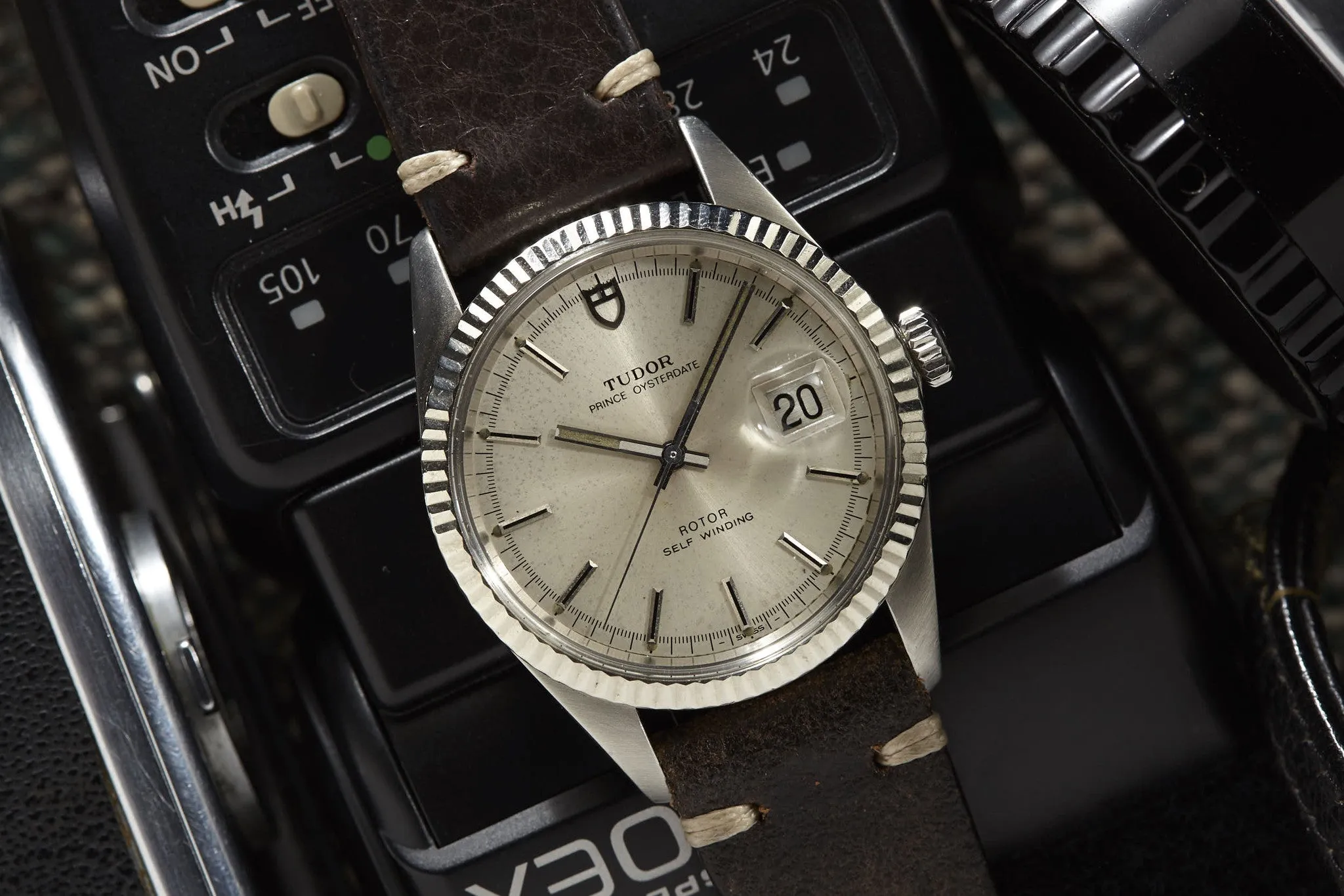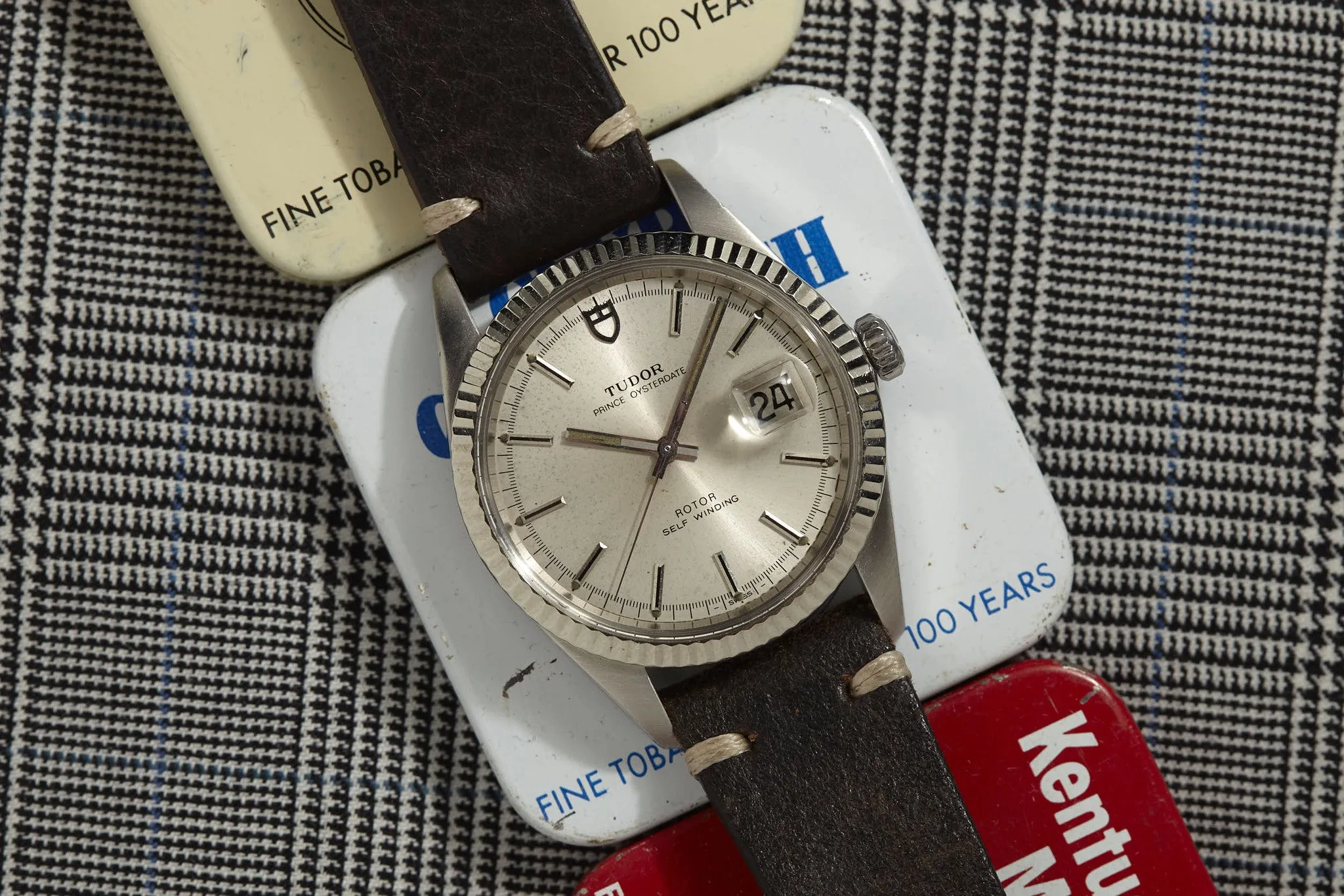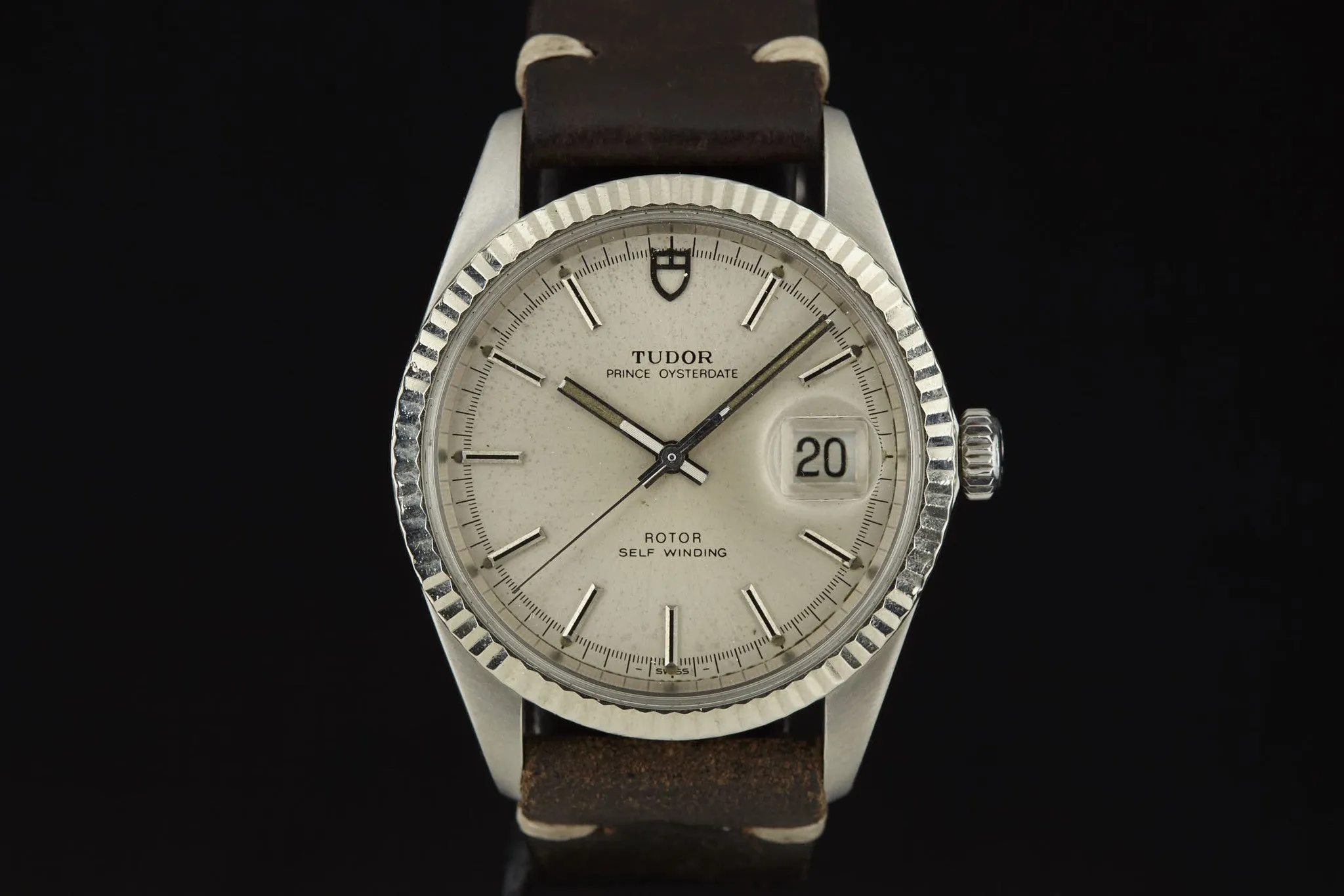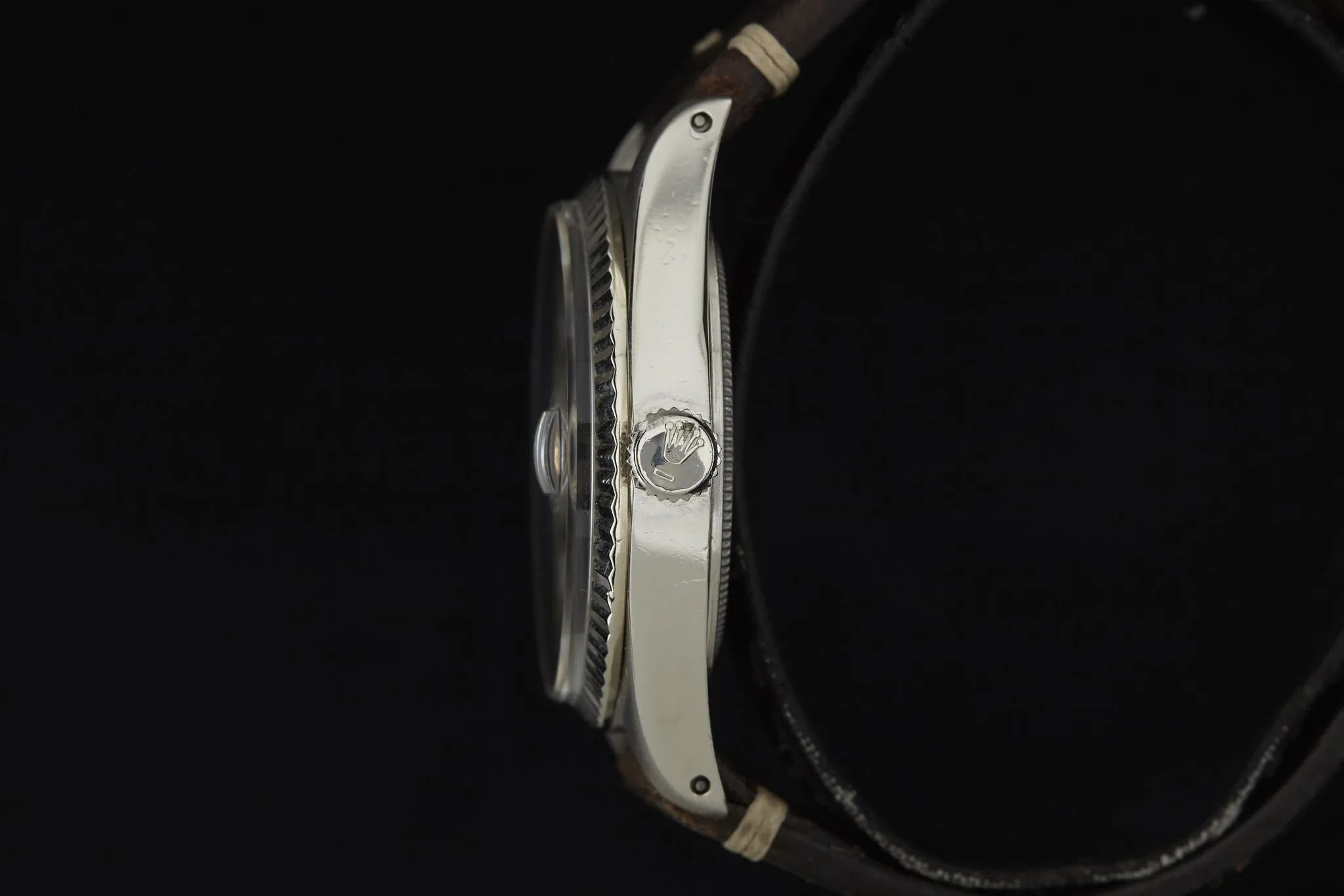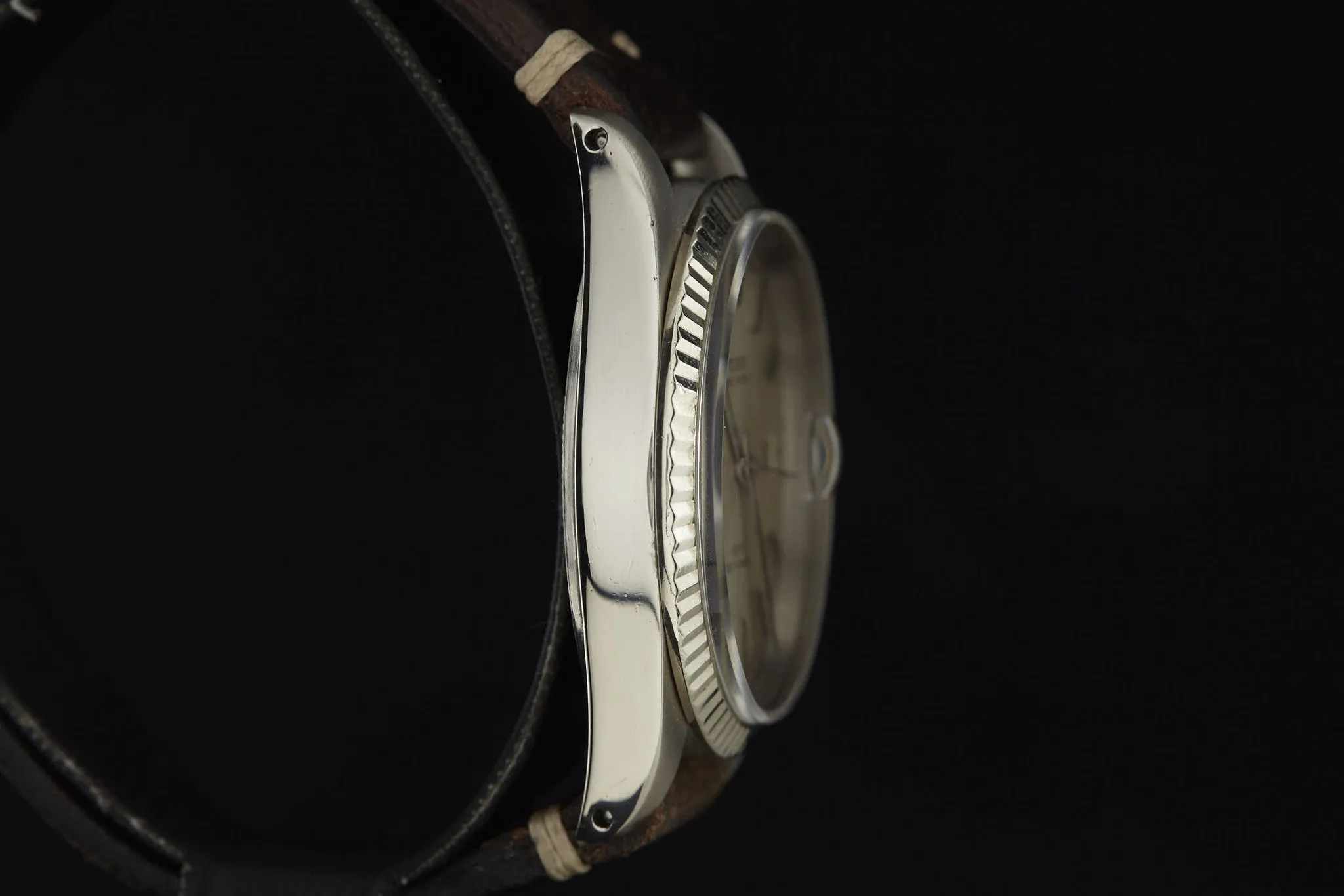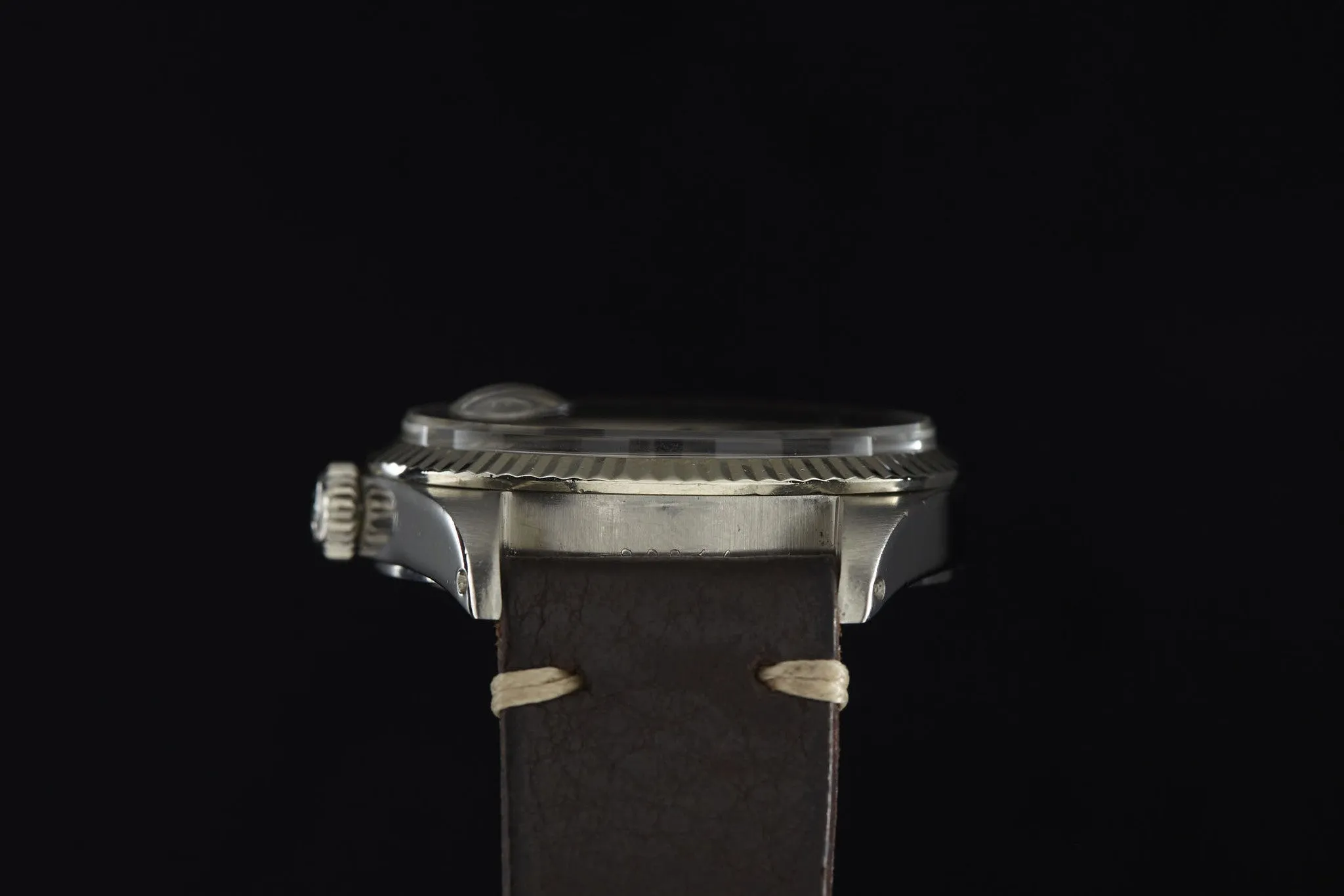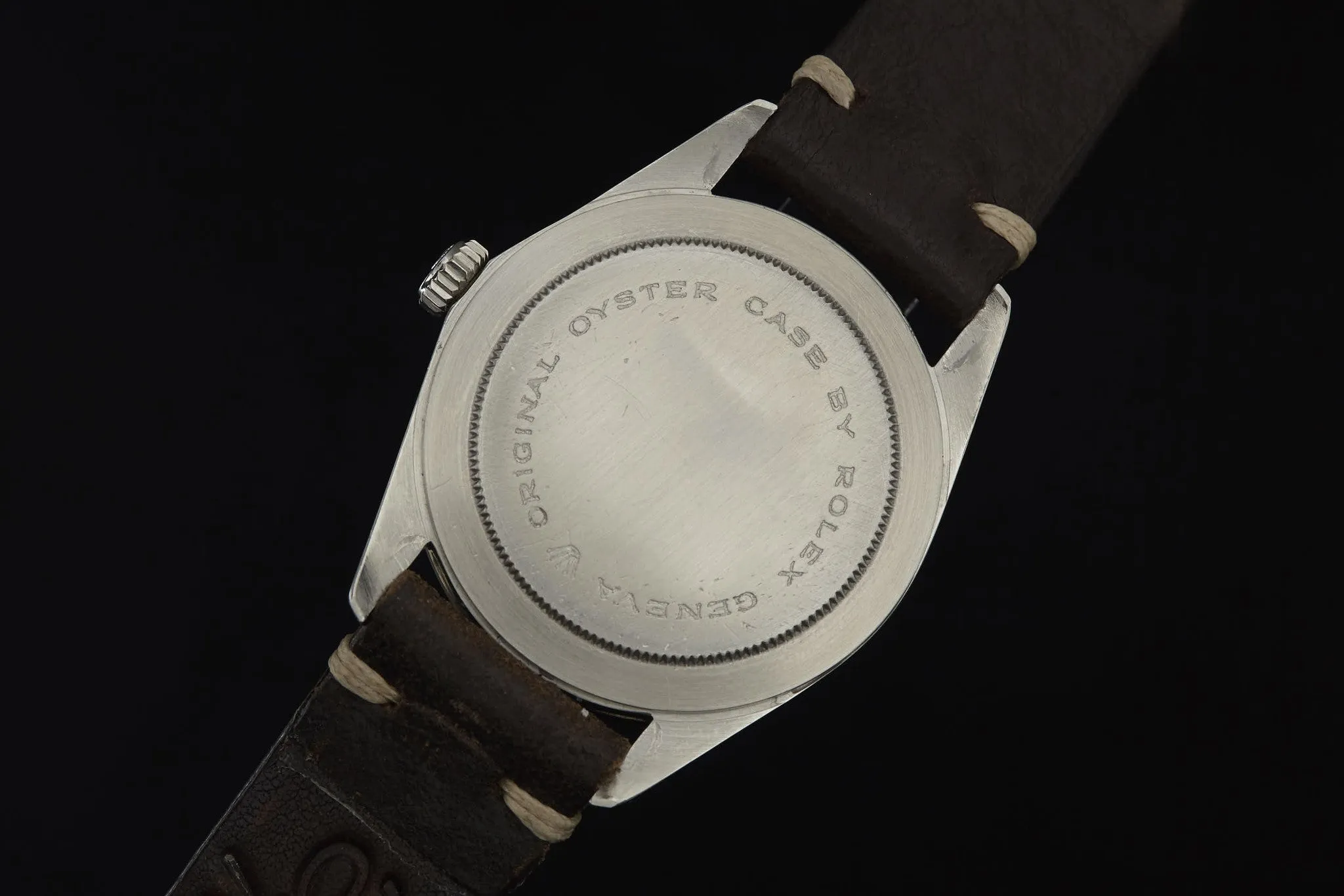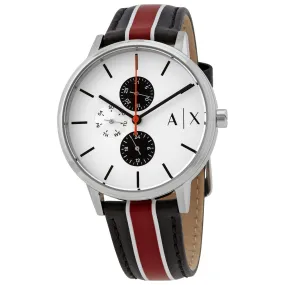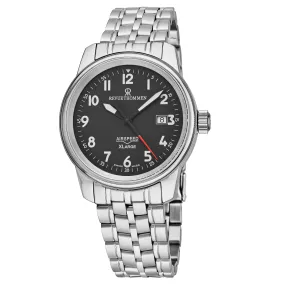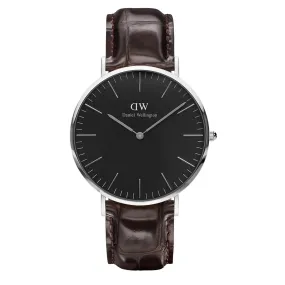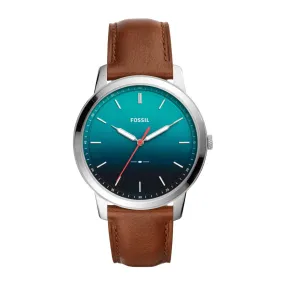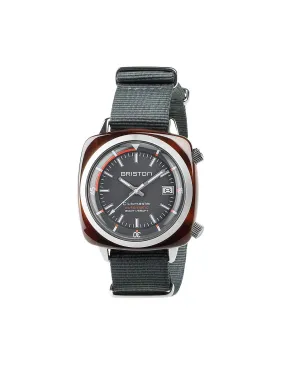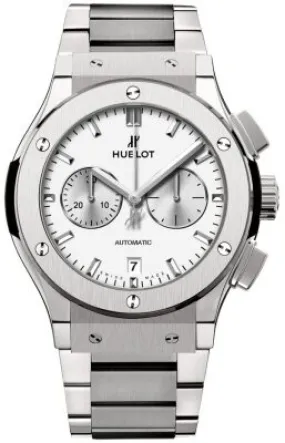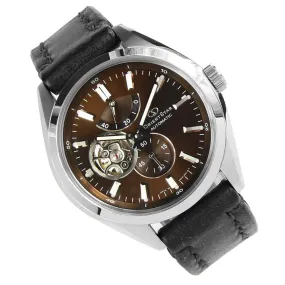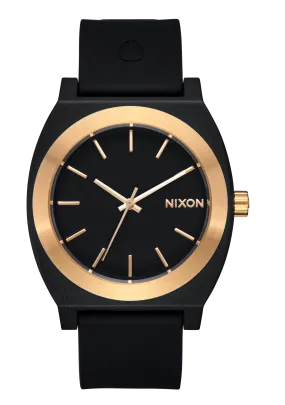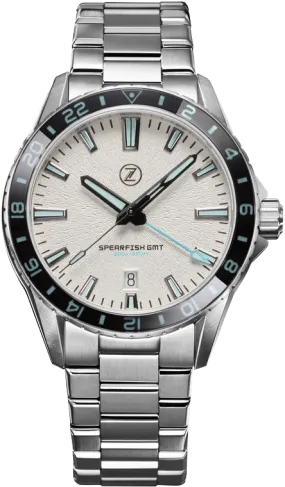The word "jumbo" can be polarizing, depending upon who reads it. In reference to some things (like food) it can mean too much of a good thing. But when used in relation to vintage watches, it says one thing to us: that it's just right.
The shifting sizes of men's watches throughout the years is a testament to changing tastes. A watch that was 34mm in 1950 was meant for a man, with women's watches being much, much smaller. Yet nowadays, a 34mm watch could be worn by both men and women.
However, watches like this Tudor Prince Oysterdate Jumbo seem as though Tudor looked ahead sixty years and foresaw the desires of collectors today.
Vintage or new, a 36mm Datejust is a great watch, but even 36mm is a little on the small side for many collectors today. Also, the fact that they're made by Rolex means that they command more of a premium. That's what Tudor is for.
Hans Wilsdorf created Tudor for the everyman, for miners and construction workers. Rolex was meant for the explorer and the businessman, where Tudor was to be a different creature entirely. For your everyday person Rolex was, and is, usually out of reach.
But in creating Tudor, Wilsdorf wanted to offer “a watch that our agents could sell at a more modest price than our Rolex watches, and yet one that would attain the standards of dependability for which Rolex is famous."
At 37mm, this Tudor Prince Oysterdate looks like a Datejust, with a cyclops at 3 o'clock and its Rolex Oyster case surmounted by a fluted bezel. But the shield--rather than a crown--at 12 o'clock, as well as the ETA movement that beats within, marks it for what it really is: a Tudor. A Rolex in all but name, with vintage style for the modern eye and proportions that are hard to argue with.




